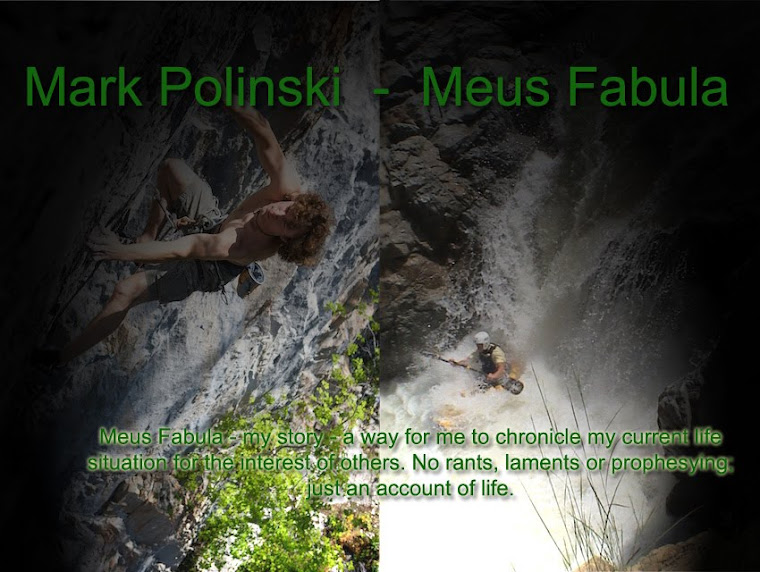Before I get into that trip though, I should back up and describe what prompted this foray. On a rainy Saturday, Leanne, her parents (currently visiting us), and myself drove the hour or so to check out Mole Creek Karsk National Park and in particular Marakoopa Cave. It was an interesting trip and worth mentioning here. The cave isn’t particularly deep or large; however it has some very interesting formations and a nice collection of glow worms. You can probably guess by these images of the cave entrance that this area gets a fair bit of rain.
Indeed, this cave was formed by water, and not surprisingly still has water running through it from various cracks, holes, and seeps that trickle down from the hills above. Thousands of years of perpetual wetness has lead to some pretty impressive stalactites, mites, columns, and flows
Here’s a short video I took with my iPhone in a relatively well-lit part of the cave that adds a little motion to the viewing
There was one particular stalagmite that was especially noteworthy due to its relative skinny girth and tall height (about 7 feet). It was right along the path and the park service put a glass case around it so it wouldn’t get broken accidently. They call it the Tuning Fork due to the split at the top (easier seen in the reflection in the glass in this image).
The glowworms were also quite amazing. As far as I’m aware, they aren’t found in caves of the northern hemisphere (or at least I haven’t heard of or seen them). They need as specific cave environment that usually requires water, and more importantly insects as that is their source of food. The bioluminescence in their bodies attract the hatched aquatic flies and the worms dangle sticky strings kind of like spider webs that ensnares the flying insects when they get to close. We were not allowed to take pictures in the area where most of the glowworms were as continuous camera flashes would likely disrupt them. I didn’t feel like arguing with the guide to see if I could take photos without the flash and as I didn’t have a tripod the images probably wouldn’t have turned out anyway. Too bad, as it was like looking up at stars on the roof the cave. Quite spectacular. I did happen to get a photo in a different part of the cave that I’m pretty sure had a glow worm in it. If you look carefully you can see a blue dot to the left of the stalactites in the following picture
As you’ve likely deduced by now from the stalactites, cream colored rock, and the previous reference to karsk, this cave is indeed nothing other than limestone. It was looking at these overhanging beautiful features that got me thinking about climbing on limestone and ultimately inspired me to go hunting for it. I figured if it’s this good less than a ¼ mile underground, maybe there’s some good stuff at the surface. So this past Sunday off I went. I’ll spare you a full account of my search, but in the end I found little on that trip to inspire me to break out the bolt gun. Nevertheless, along the way passed through some very nice country in the northeast portion of the island that I had not previously explored.
One area I checked out was the upper portion of the Leven Canyon, an impressive gorge that descends through some remote country. I’d have to say, after seeing this river (and the subsequent YouTube videos I found of people boating it and other rivers in the area) I've started to concider getting into kayaking again. Just gotta drum up a boat I suppose.
In the end I didn’t actually find the limestone I was looking for, but it was a long shot anyway. No matter. My ankle’s pretty much better now so I should be able to scrounge up some adventures in the next few weeks to blog about. Till then-















































